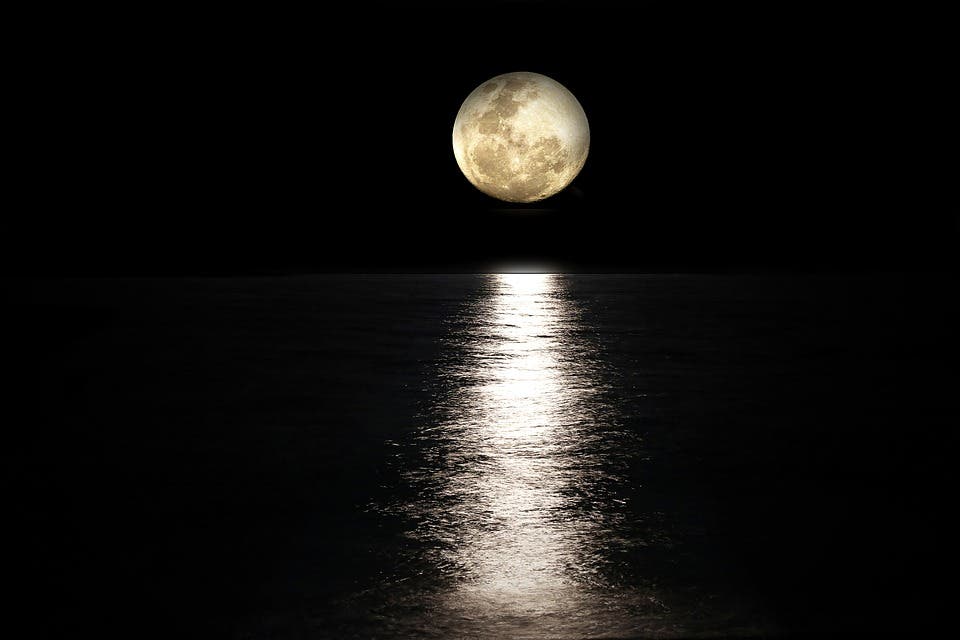Researchers are smartening up to a new mechanism of water formation, one which can explain how the liquid got to the Moon.

A cross-disciplinary group of researchers has shown chemical, physical, and material evidence for water formation on the moon. The research is the product of two teams of researchers from the University of Hawaiʻi at Mānoa working together — physical chemists at the UH Mānoa Department of Chemistry’s W.M. Keck Research Laboratory in Astrochemistry and planetary scientists at the Hawai’i Institute of Geophysics and Planetology (HIGP).
Their findings could help explain recent findings of water ice being present on the moon, as revealed by data from the Lunar Prospector and the hard lander Lunar Crater Observation and Sensing Satellite.
Actually squeezing water from a stone
“Overall, this study advances our understanding on the origin of water as detected on the moon and other airless bodies in our solar system such as Mercury and asteroids and provides, for the first time, a scientifically sound and proven mechanism of water formation,” says Jeffrey Gillis-Davis, who led the HIGP team.
Data beamed back by the two craft does indeed suggest the existence of water ice on the moon’s poles, but where this water came from was far from clear. It’s an especially interesting question for bodies such as NASA, because lunar water represents one of the key requirements for establishing a permanent colony on the moon. Water can be broken down into breathable air or hydrogen fuel, used to grow food, and is, obviously, in high demand with parched spacefarers.
Chemistry Professor Ralf I. Kaiser and HIGP’s Jeffrey Gillis-Davis designed a series of experiments to understand how the liquid got all the way to the moon. Their working hypothesis was that interactions between solar wind, the minerals in lunar soils, and/or micrometeorite impacts, might hold the key. However, due to a lack of available lunar material to work with, the team substituted it with samples of irradiated olivine, a dry mineral that is a good proxy for lunar regolith (soil). The team simulated solar wind — mainly protons — with a flow of deuterium ions.
At first, the study seemed to be a bust. Experiments using only deuterium and the irradiated samples “did not reveal any trace of water formation, even after increasing the temperature to lunar mid-latitude daytime temperatures,” explains Cheng Zhu, a UH Manoa postdoctoral fellow and lead author of the paper.
“But when we warmed the sample, we detected molecular deuterium, suggesting that deuterium—or hydrogen—implanted from the solar wind can be stored in the lunar rock.”
“Therefore, another high-energy source might be necessary to trigger water formation within the moon’s minerals followed by its release as a gas that can be detected,” Kaiser added.
The second round of testing involved more of the same — bombarding the sample with the ions, then heating them up to temperatures that would be seen on the moon — but the team subsequently blasted the sample with powerful laser pulses. This step was meant to simulate the thermal effects of micrometeorite impacts. Analysis of the gas produced by the laser showed that water was indeed present in the sample at this time.
“Water continued to be produced during laser pulses after the temperature was increased, suggesting that the olivine was storing precursors to heavy water that were released by laser heating,” said Zhu.
Hope Ishii and John Bradley from the HIGP used focused ion beam–scanning electron microscopy and transmission electron microscopy to image these processes as they were unfurling. They observed sub-micrometer-sized surface pits, some partially covered by lids, suggesting that water vapor builds up under the surface until it bursts, releasing water from lunar silicates upon micrometeorite impact.
The paper “Untangling the formation and liberation of water in the lunar regolith,” has been published in the journal Proceedings of the National Academy of Sciences.






